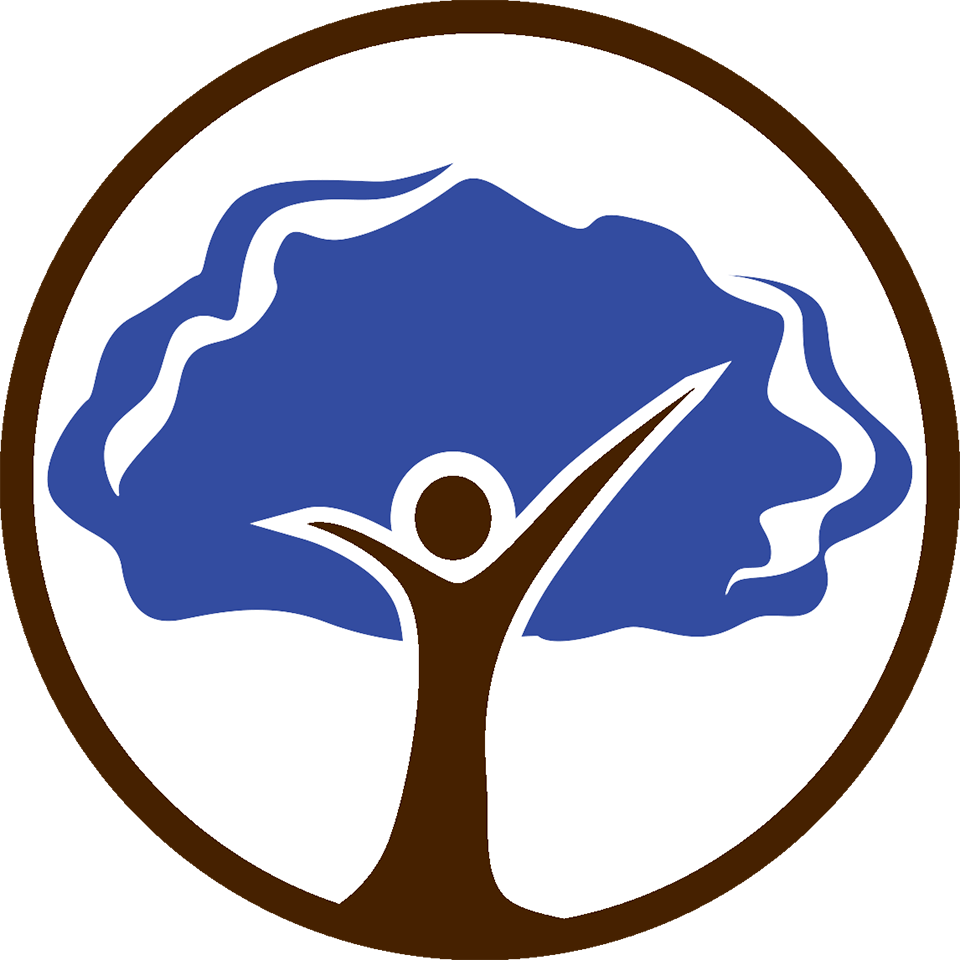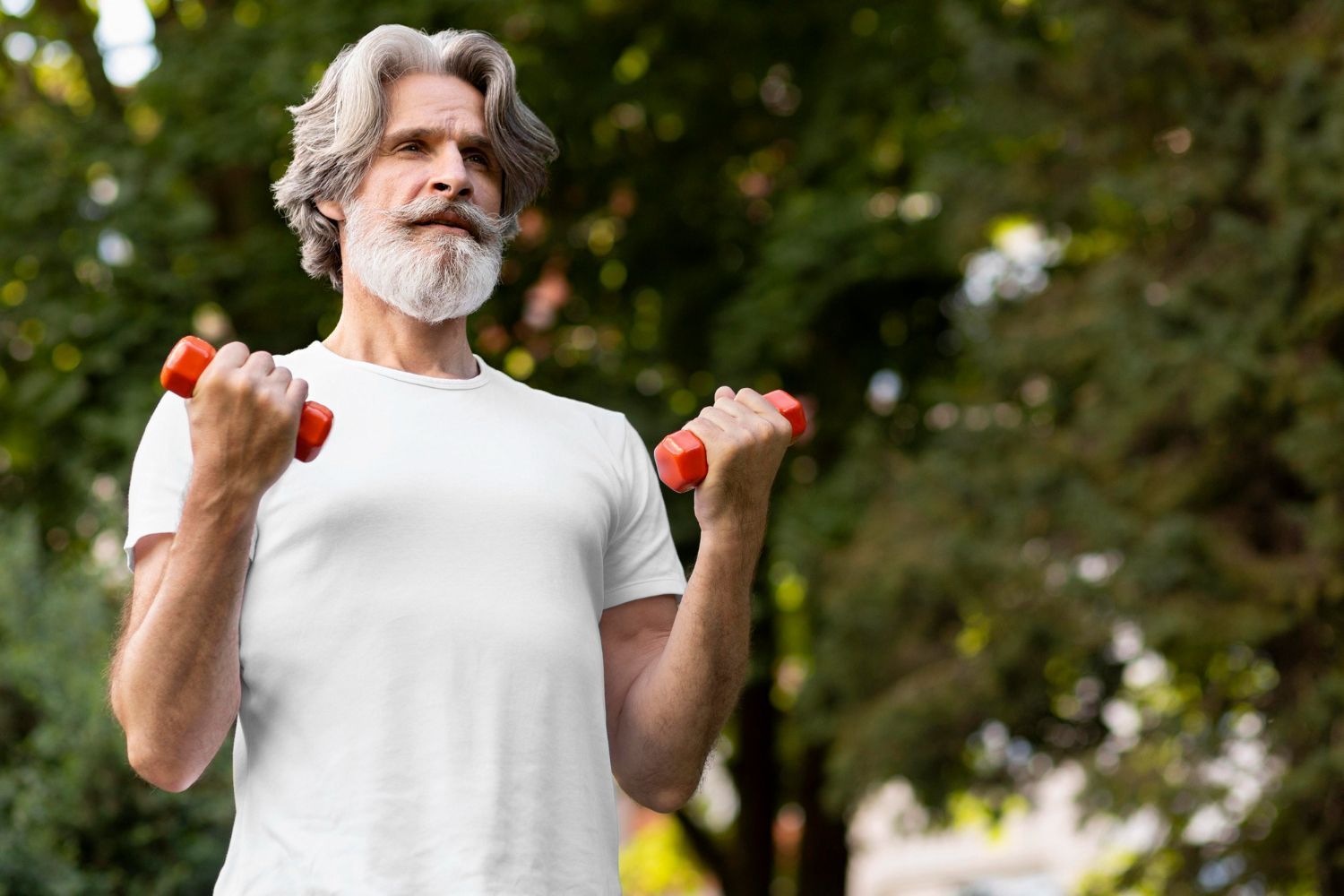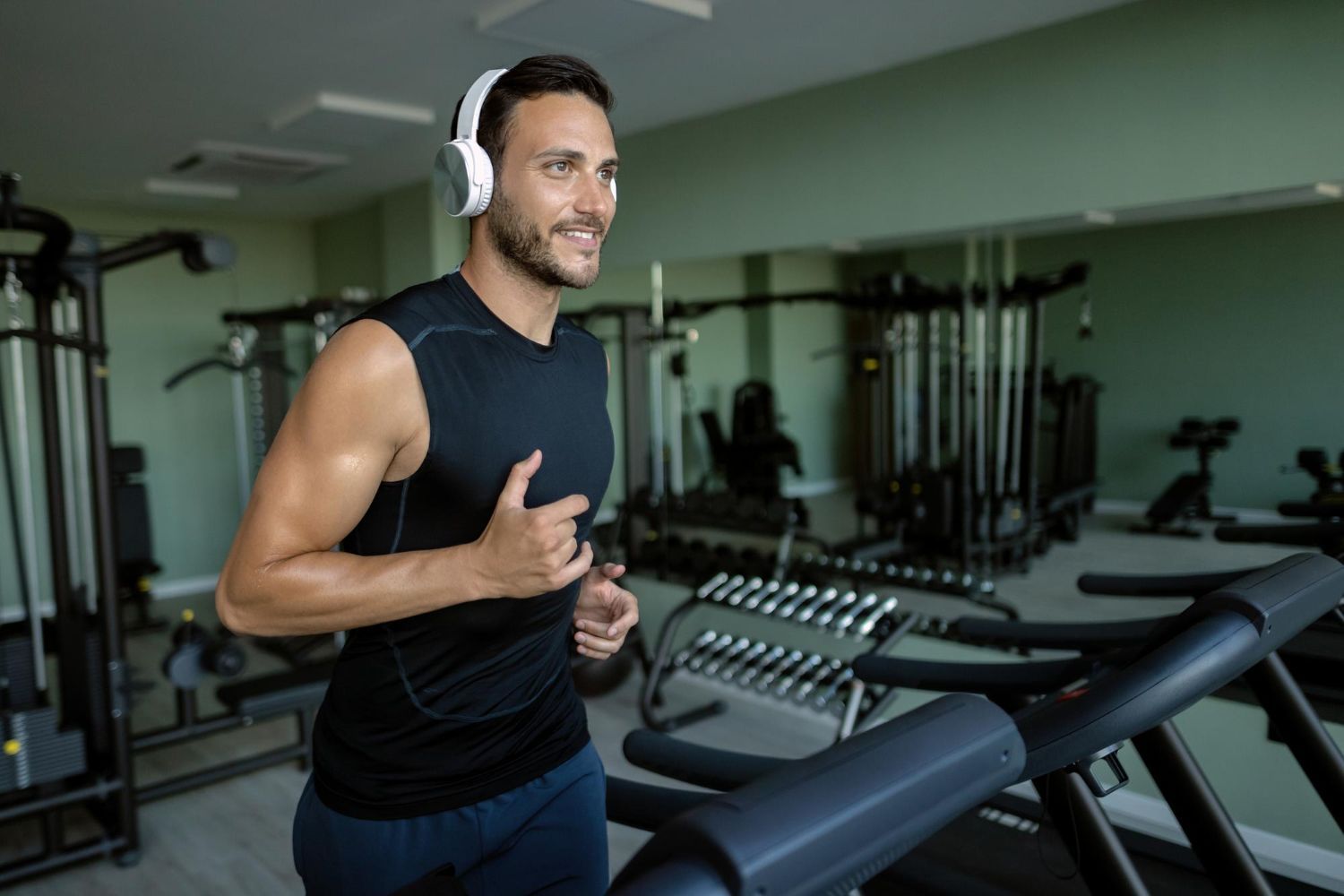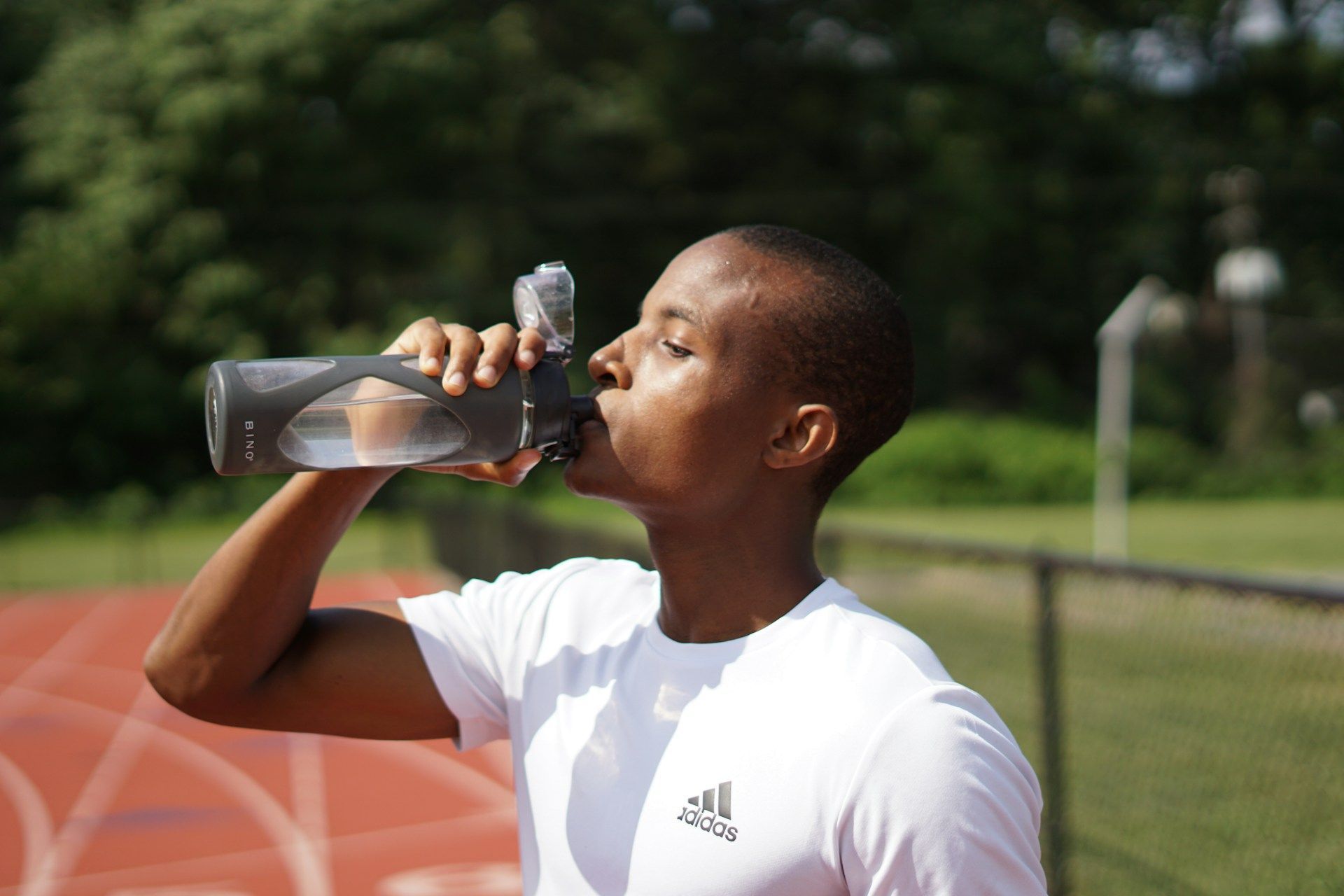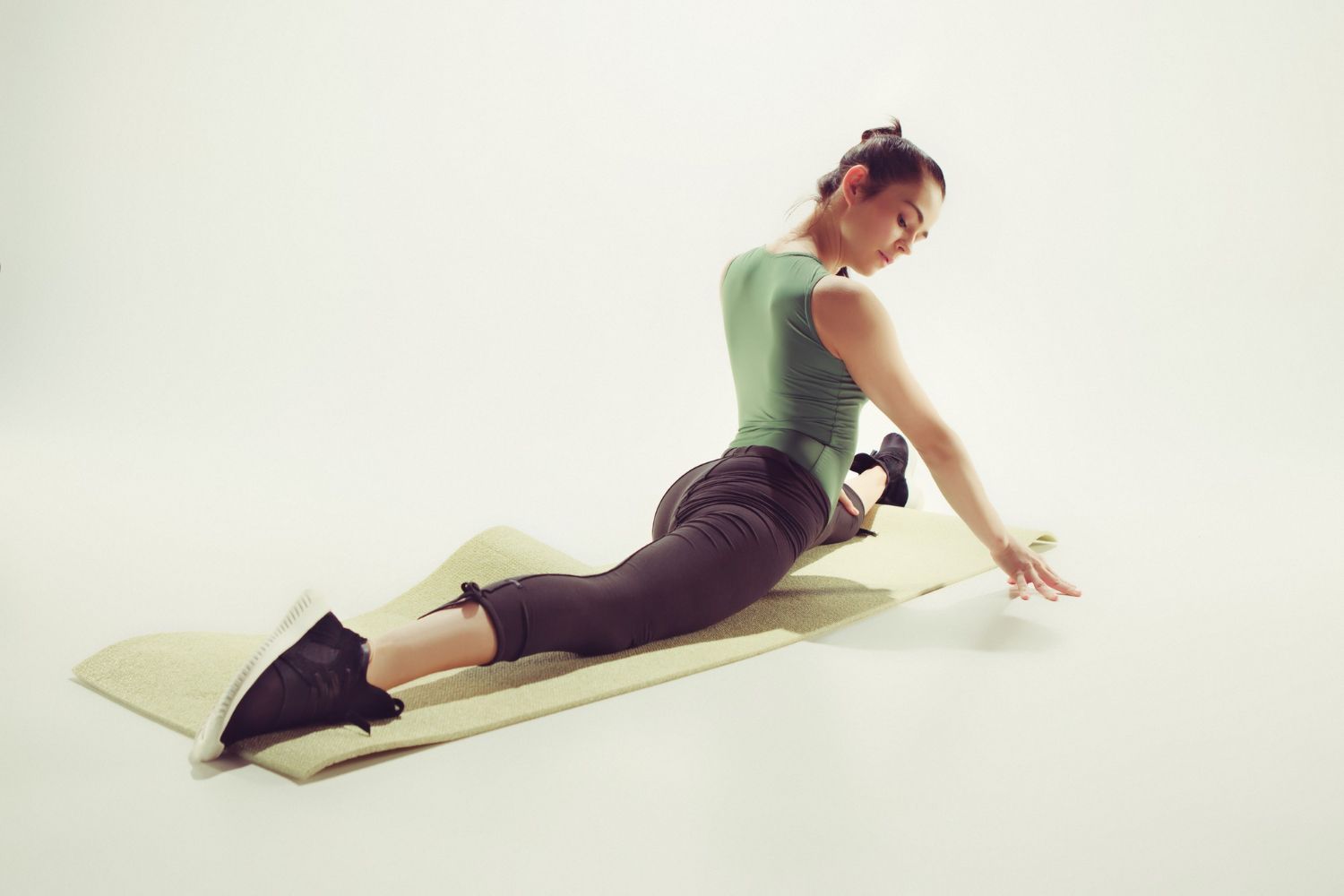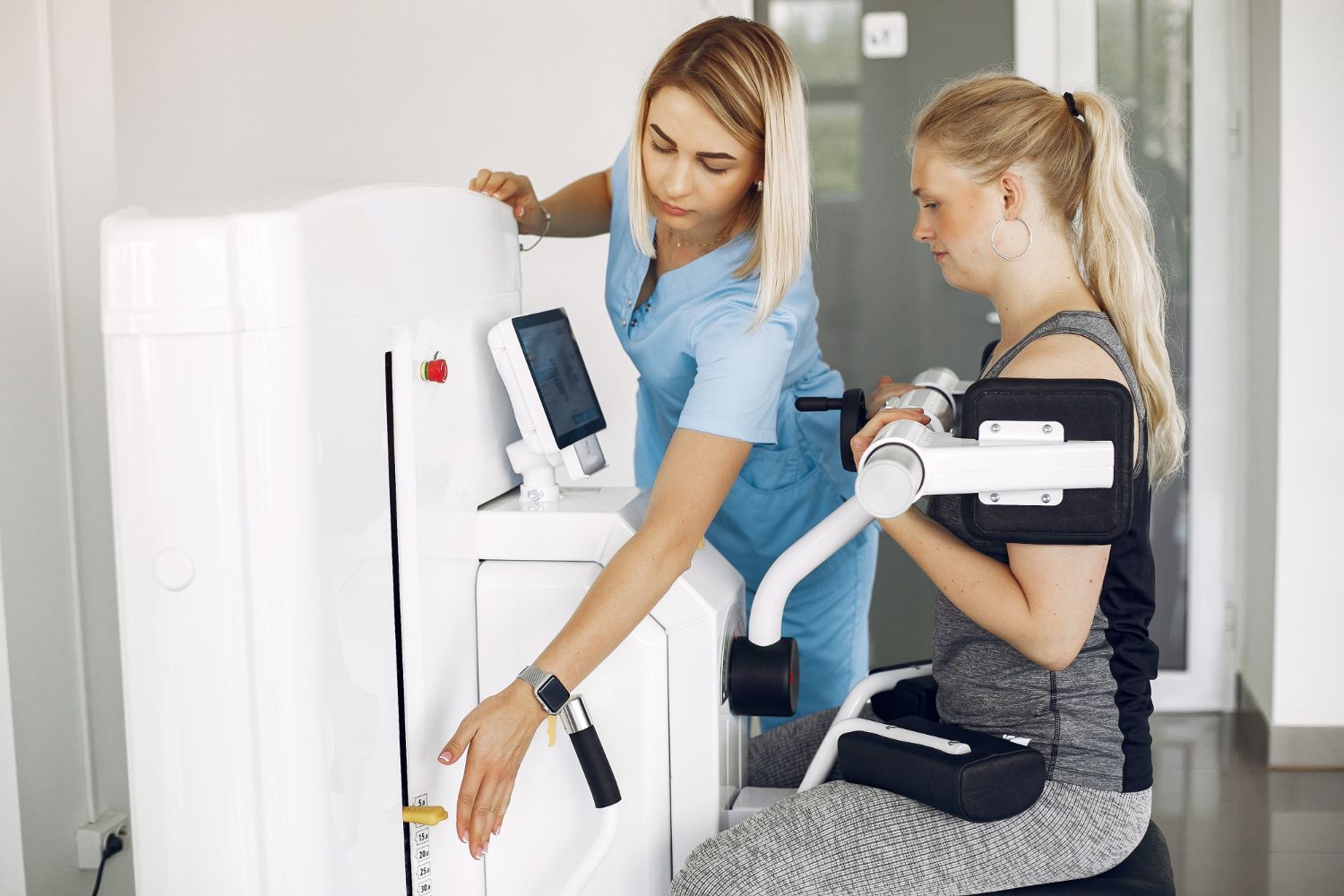Cardiac Rehabilitation Exercises for a Healthier Heart
Cardiac rehabilitation is crucial for improving heart health after a heart event or surgery. This specialized type of care includes exercises and other activities designed to strengthen the heart and boost cardiovascular health. By participating in cardiac rehabilitation, you can enhance your quality of life, reduce the risk of future heart issues, and improve overall well-being.
In this guide, we’ll explore key cardiac rehabilitation exercises and how to set and track your goals for optimal heart health. Remember to consult with a professional before starting any new workout program.
1. Understanding the Importance of Cardiac Rehabilitation
Cardiac rehabilitation is essential for anyone recovering from heart surgery or a cardiac event. It’s a comprehensive program designed to help you get back on your feet and improve your overall heart health. This type of rehabilitation includes not just physical exercises but also education, emotional support, and lifestyle changes to promote long-term heart health.
On St. Simons Island, the community is well-equipped to support your journey through cardiac rehabilitation. Engaging in these programs can help you reduce the risk of future heart problems, improve your quality of life, and regain your strength. By following a structured plan that includes various exercises and activities, you can work towards a healthier heart in a safe and controlled manner.
2. Key Cardiac Rehabilitation Exercises for Heart Health
Aerobic Exercises
Aerobic exercises are crucial for improving cardiovascular health. Activities like walking, swimming, and cycling can help increase your heart rate and improve circulation. These exercises are easy to start and can be done almost anywhere, from local parks to indoor gyms.
Strength Training
Strength training helps build muscle mass and improve your overall endurance. Using light weights or resistance bands, you can perform exercises like bicep curls and leg raises. These exercises not only strengthen the muscles but also boost heart health by easing the workload on your heart through improved muscle efficiency.
Flexibility and Stretching
Flexibility exercises are important to maintain a full range of motion in your joints. Simple stretches, such as reaching for your toes or gently twisting your torso, can help keep your muscles supple and reduce the risk of injury. Incorporating flexibility into your routine ensures that your body remains adaptable and balanced.
Balance Activities
Balance activities are crucial for preventing falls, especially as you get older. Exercises like standing on one foot or using a balance board can improve your stability. These activities are easy to incorporate into your daily routine and can be done safely at home or in a gym setting.
3. Setting Goals and Tracking Progress in Cardiac Rehabilitation
Establishing Achievable Objectives
Setting realistic goals is key to any successful cardiac rehabilitation program. It’s important to start with small, achievable targets that can be gradually expanded as your heart health improves. For instance, you might begin with a goal of walking for 10 minutes each day and slowly increase this time as you build stamina. Clear objectives provide motivation and a sense of accomplishment as you reach each milestone.
Monitoring Improvements
Tracking your progress helps ensure you’re on the right path. Use tools like a fitness tracker or a simple exercise log to record your activities and improvements. Seeing tangible progress can boost your confidence and provide the encouragement needed to keep going. Regular check-ins with your doctor or personal trainer are also vital for assessing your condition and making necessary adjustments to your program.
Adjusting the Plan as Needed
Flexibility in your rehabilitation plan is essential. As you recover, some exercises may become easier while others remain challenging. Be prepared to modify your routine based on your progress. Regular assessments will help identify areas where changes are needed. This ensures that your rehabilitation program remains effective and aligned with your evolving needs.
4. Utilizing St. Simons Island Resources for Cardiac Health
Engaging in Local Rehabilitation Programs
St. Simons Island offers excellent local rehabilitation programs designed to support cardiac health. These programs provide a structured environment where you can engage in supervised exercises and activities that are safe and effective for improving heart health. By participating in a local program, you benefit from the expertise and support of healthcare professionals who understand your specific needs.
Exploring Heart-Healthy Outdoor Activities
The natural beauty of St. Simons Island provides a perfect setting for heart-healthy activities. Walking or cycling along scenic trails offers an enjoyable way to incorporate aerobic exercise into your routine. The island’s fresh air and picturesque views make exercising outside a pleasant experience, motivating you to stay active and healthy.
Connecting With Supportive Community Groups
Community groups can offer great support during your cardiac rehabilitation journey. Joining local heart health or exercise groups allows you to connect with others who share similar goals and challenges. These groups provide encouragement, shared experiences, and a sense of camaraderie, making your rehabilitation process more engaging and less isolating.
Working With Personal Trainers for Customized Guidance
Personal trainers on St. Simons Island can offer customized guidance tailored to your cardiac needs. Trainers at Live Oak Fitness are experienced in creating safe, effective exercise plans that cater specifically to heart health. Their expertise ensures that you’re doing the right exercises correctly, maximizing benefits and minimizing risks.
Conclusion
Cardiac rehabilitation is a vital step towards recovering and maintaining heart health. By incorporating key exercises such as aerobics, strength training, and balance activities, you can significantly improve your cardiovascular health. Setting realistic goals and tracking your progress ensures that your efforts are effective and tailored to your needs.
If you're ready to enhance your heart health and need professional guidance, reach out to us at Live Oak Fitness today. Our expert personal trainers on St. Simons Island are here to help you create a personalized cardiac rehabilitation plan.
*It is important for your health and safety to always check with your doctor or one of the personal trainers at Live Oak Fitness before beginning any workout program.
